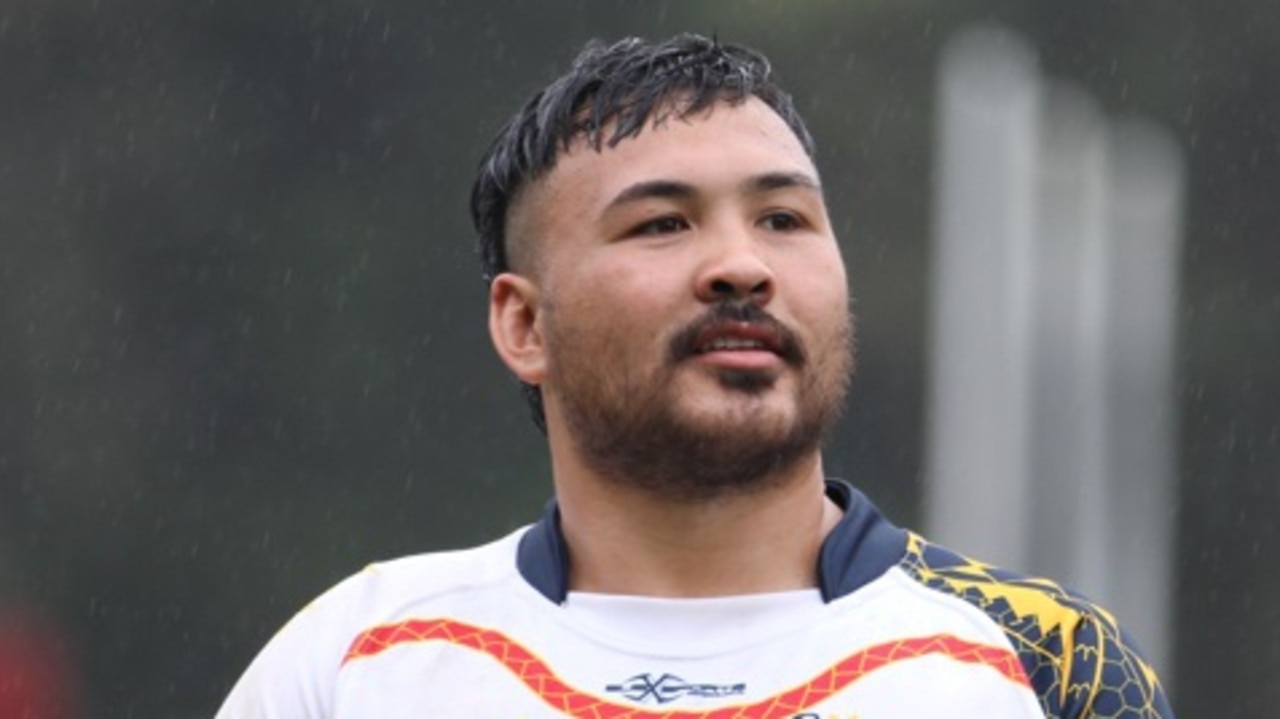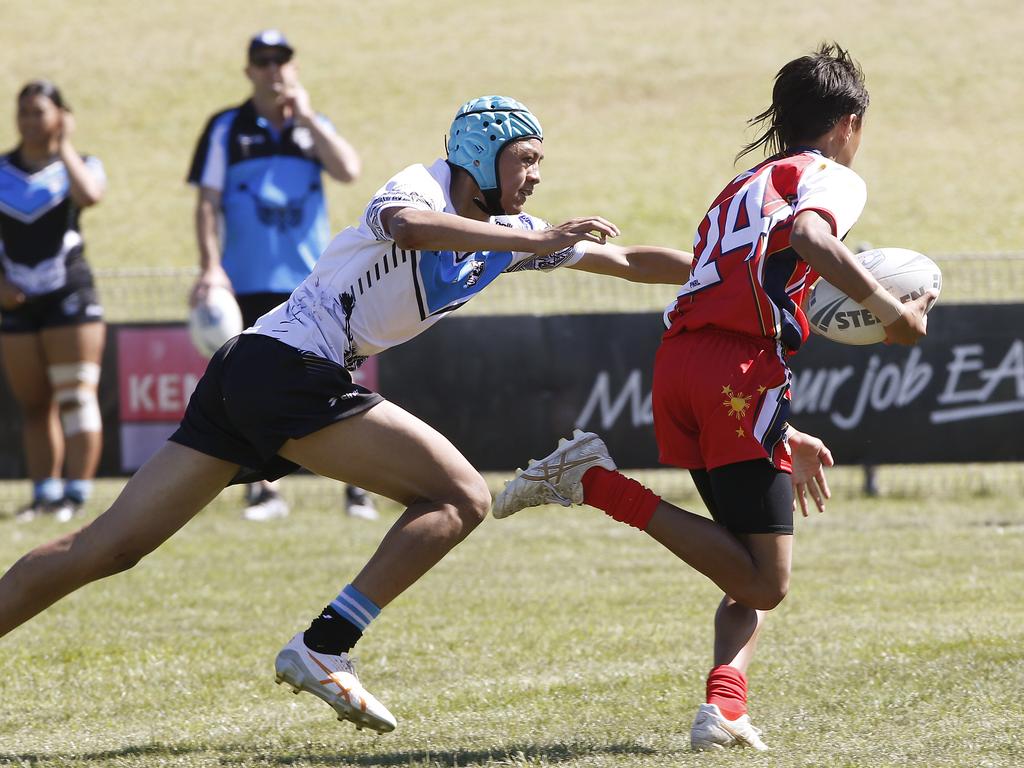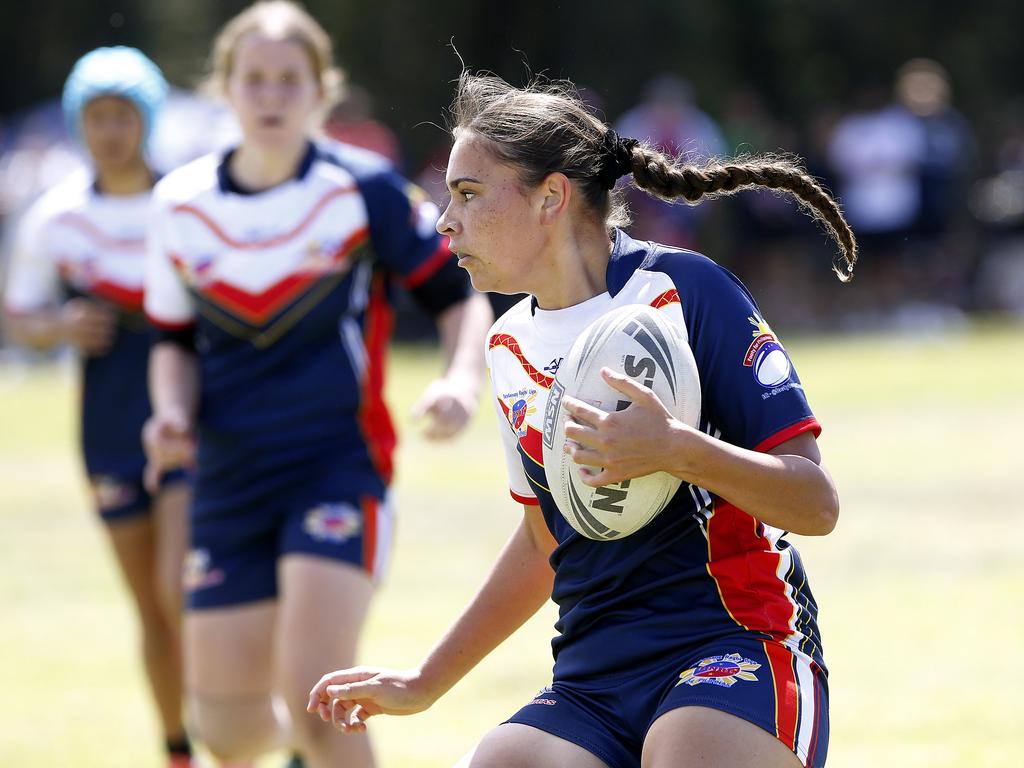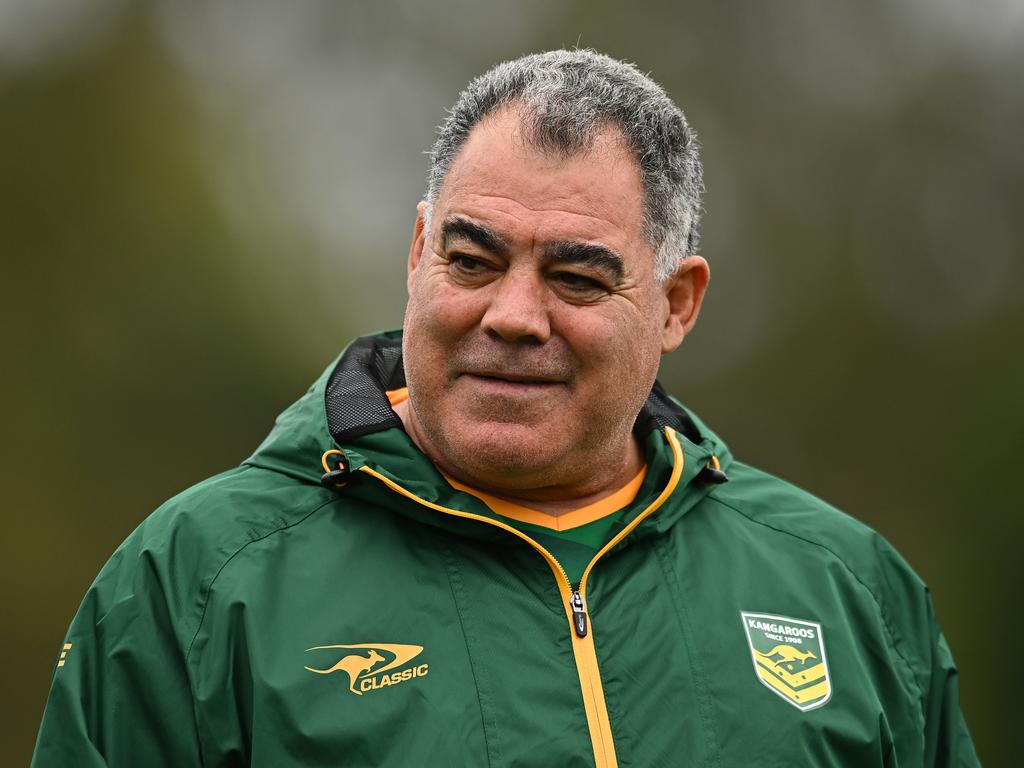Rugby league’s new frontier: How the Philippines is leading the footy revolution in Asia
Amid calls from Mal Meninga for the Kangaroos to play in Asia to boost expansion, the Philippines are already putting in the hard yards on the ground. Here’s how they are leading the way in Asia.

Sport
Don't miss out on the headlines from Sport. Followed categories will be added to My News.
As Australian rugby league coach Mal Meninga calls for the Kangaroos to play expansion Test matches in Asia, one Southeast Asian nation is already showing how the sport can gain a foothold beyond its traditional strongholds.
In the Philippines, a domestic competition that started with just four teams is set to expand to potentially seven teams in 2024, marking a significant step in rugby league’s growth across Asia.
“From 2010 to 2023-24, we’ve put together a more successful campaign around the domestic competition,” said Philippines Rugby League chairman Reynaldo Nery.
“To grow the sport in the Philippines, you need to have the right platform and activities to ensure players are constantly getting exposed to the sport.”
While the NRL sees nearly 50 per cent of its players coming from Pacific Island heritage, the sport’s governing bodies are now looking further north for expansion.
The Asia Pacific Rugby League Confederation oversees this development, working to establish the sport in nations where rugby league is still finding its feet.
The Philippines presents an interesting case study in how the sport can adapt and grow. Rather than competing with rugby union, the two codes have found a symbiotic relationship.
“A lot of our players play union in their season, then come across and play rugby league in our season,” Nery explained.

“We don’t stop players from playing union. Last year we had a union club join - the Guerrillas Rugby - and those players absolutely adore rugby league.”
The transition hasn’t always been smooth. Like many sports in the Philippines, rugby league faced significant setbacks during COVID-19, which put development back ‘two to three years.’
However, the sport has bounced back with renewed vigour, implementing structured development programs at both senior and junior levels.
This grassroots focus is crucial for the sport’s long-term sustainability. However, it faces unique challenges in the Philippine context.
“The education department only allows 30 minutes of sports activities per week,” Nery revealed.
“The challenge is how do you fit your sport within that 30-minute window, along with other sports trying to do the same thing?”
To overcome these obstacles, Philippines Rugby League has adopted innovative approaches, working directly with schools and communities rather than through traditional educational channels.
They’ve also expanded their reach to include street kids and orphanages, making the sport accessible to a broader demographic.

The federation’s efforts are beginning to bear fruit. A new city versus province rugby league match is set to launch on November 3 at the Pasig Sports Complex.
Nery described it as, “fantastic, because you get the best players from each team working together, playing together, getting to know each other.”
Jeremy Edwards, Asia Pacific Rugby League COO, sees the Philippines’ progress as part of a broader trend across the region.
“Asia has been bubbling along,” he noted, with nations like Hong Kong and Singapore about to be admitted as members, and Thailand and Cambodia potentially following in the future.
The sport’s development has also attracted corporate support, with companies like Prime BMD and Intro Recruitment Asia sponsoring the new city versus province game. This financial backing is crucial for sustaining the sport’s growth and development programs.
Looking ahead, the Philippines is preparing for an international match against Hong Kong in late November, and plans are underway for the Asian Championships to kick off next year in October.

“Our primary focus is to grow the support in the Philippines,” said Nery.
“We have a good leadership team, and our board is doing a great job.
“We’ve got professionals looking to fill new roles, which will help boost our board level and get more influence around the Philippine government and sponsorship contacts.”
This grassroots development and steady expansion in Asia suggests that Meninga’s vision of taking international rugby league to new markets might not be as far-fetched as it once seemed.
While the sport may not yet command the same attention as it does in the Pacific strongholds, nations like the Philippines are showing that with the right approach and patience, rugby league can find its place in new territories.
“It’s not a race - it’s a marathon for the federation,” Edwards said.
“The underpinning thing is supporting the member in the country to help them grow, keeping in contact is vital.”
Originally published as Rugby league’s new frontier: How the Philippines is leading the footy revolution in Asia







